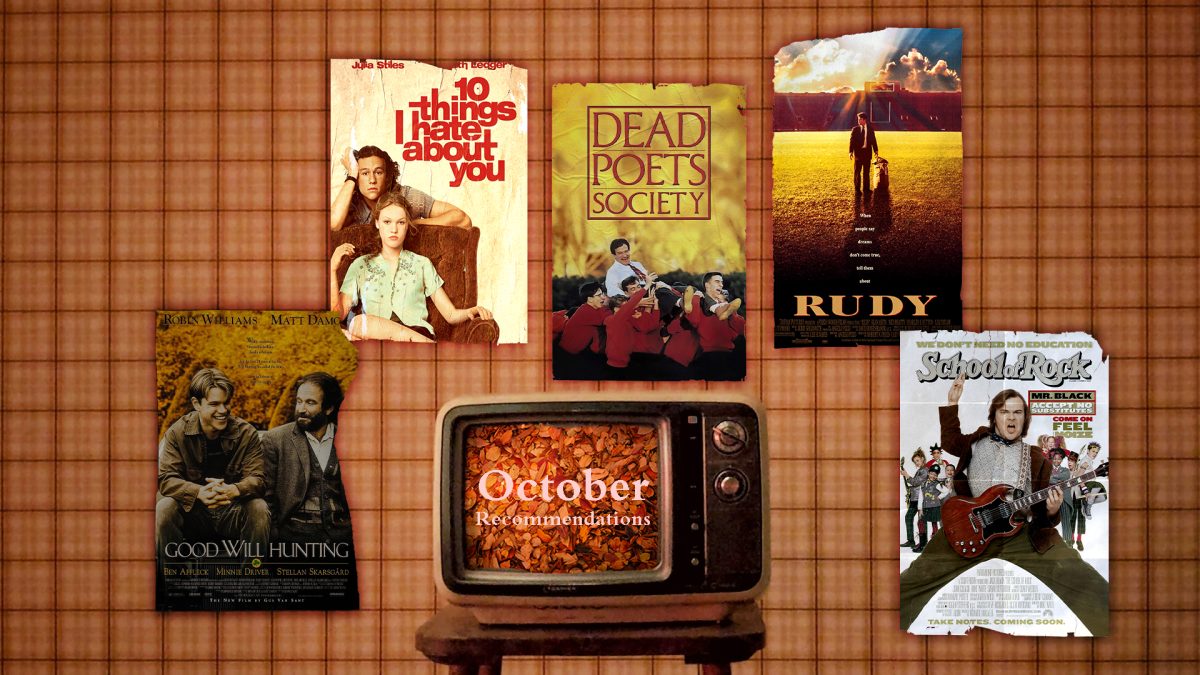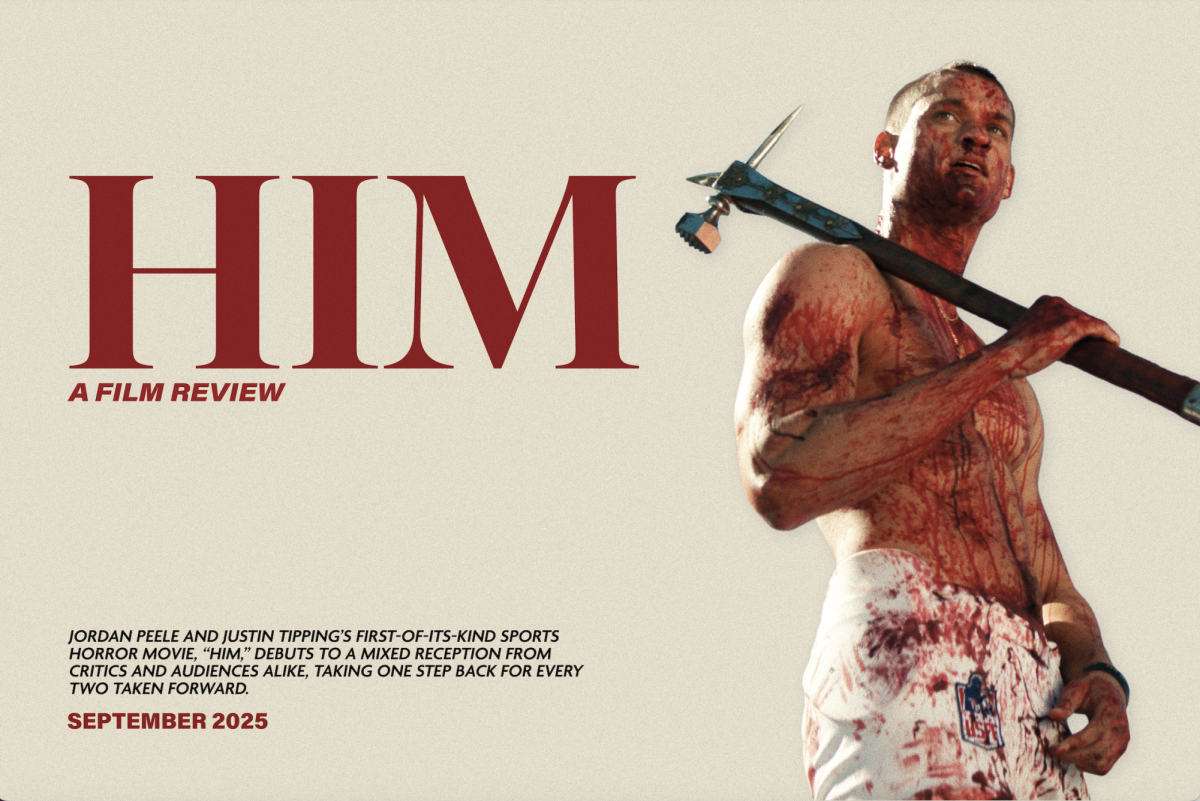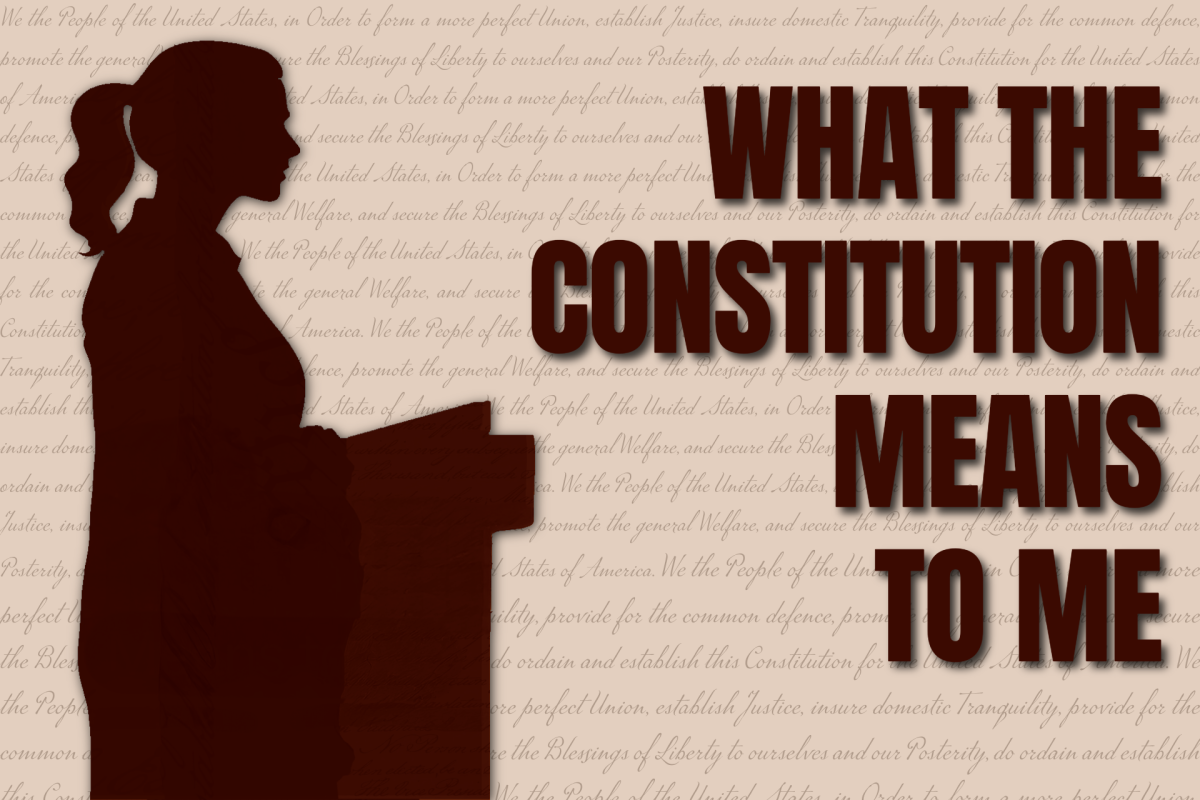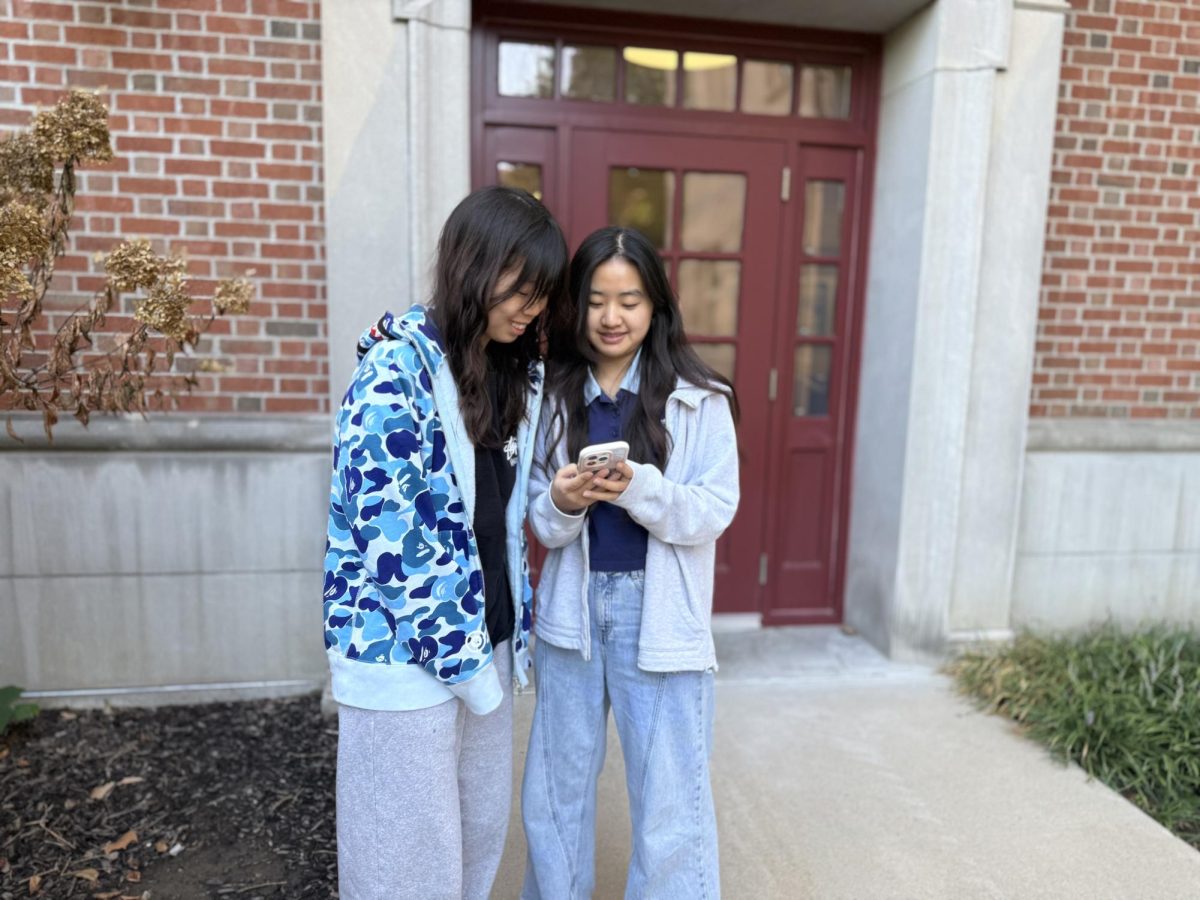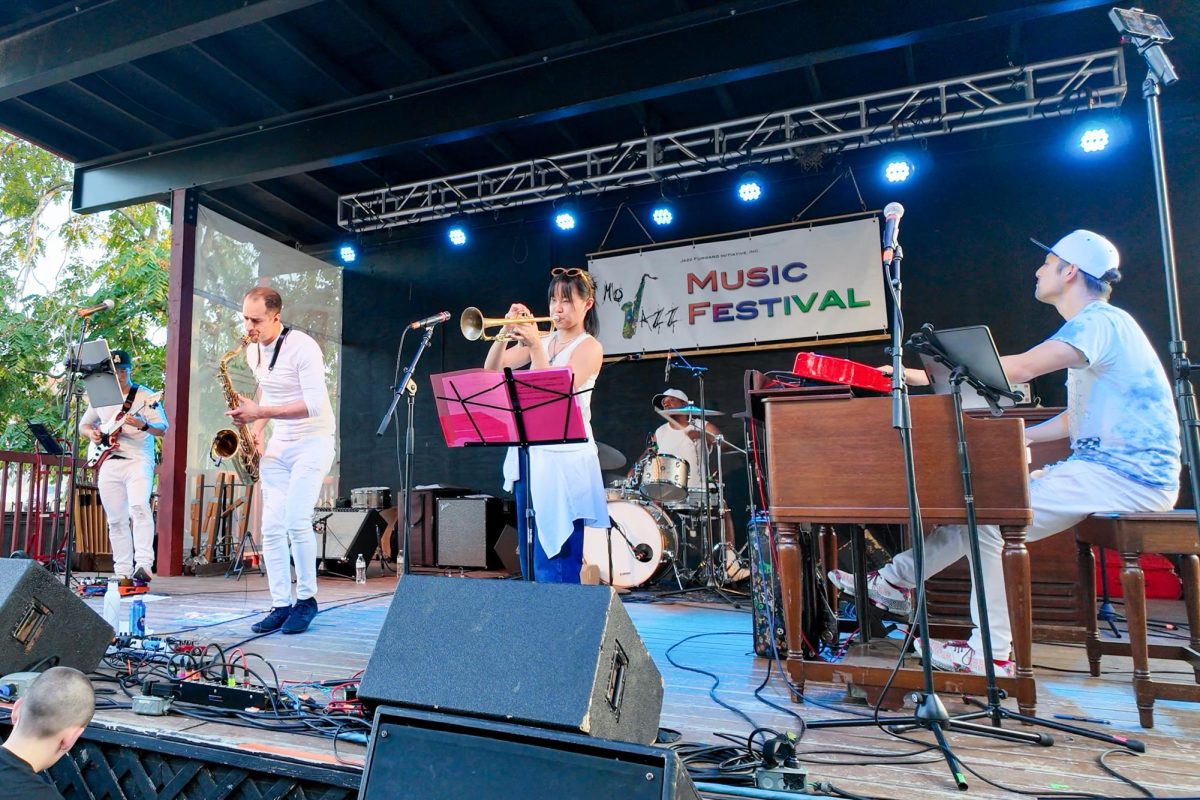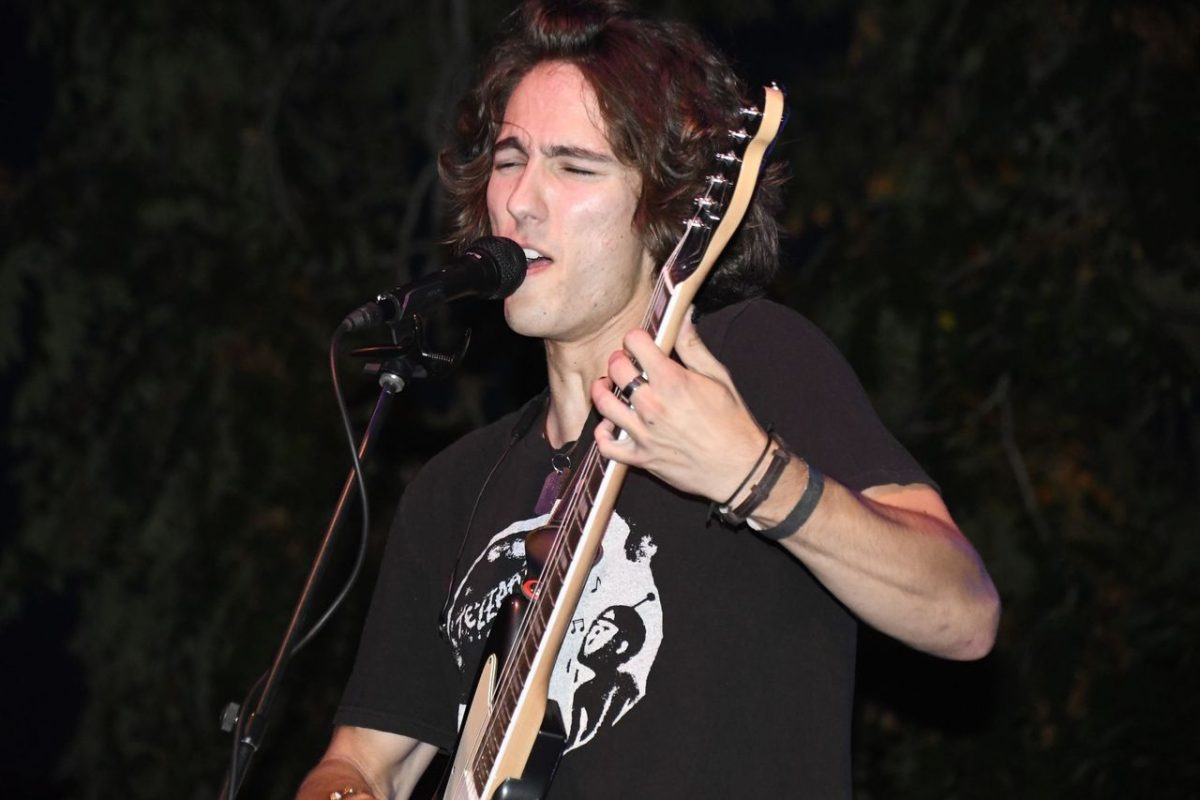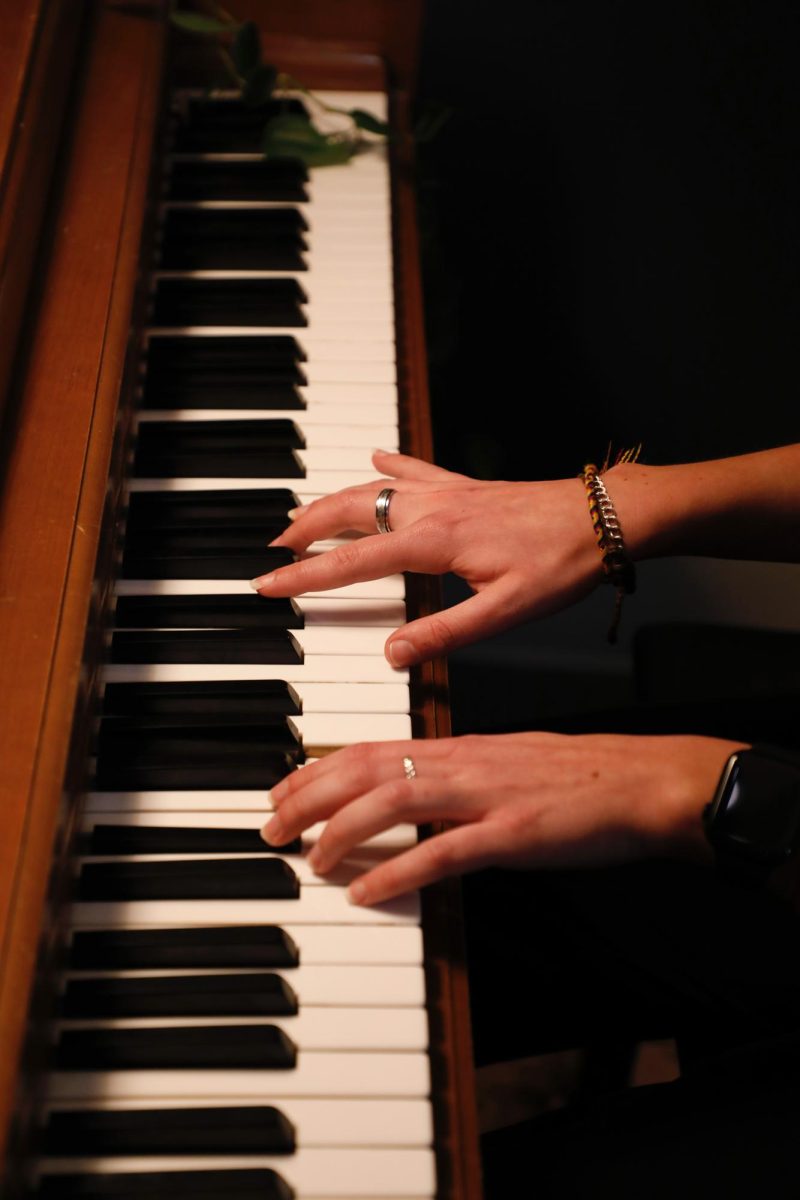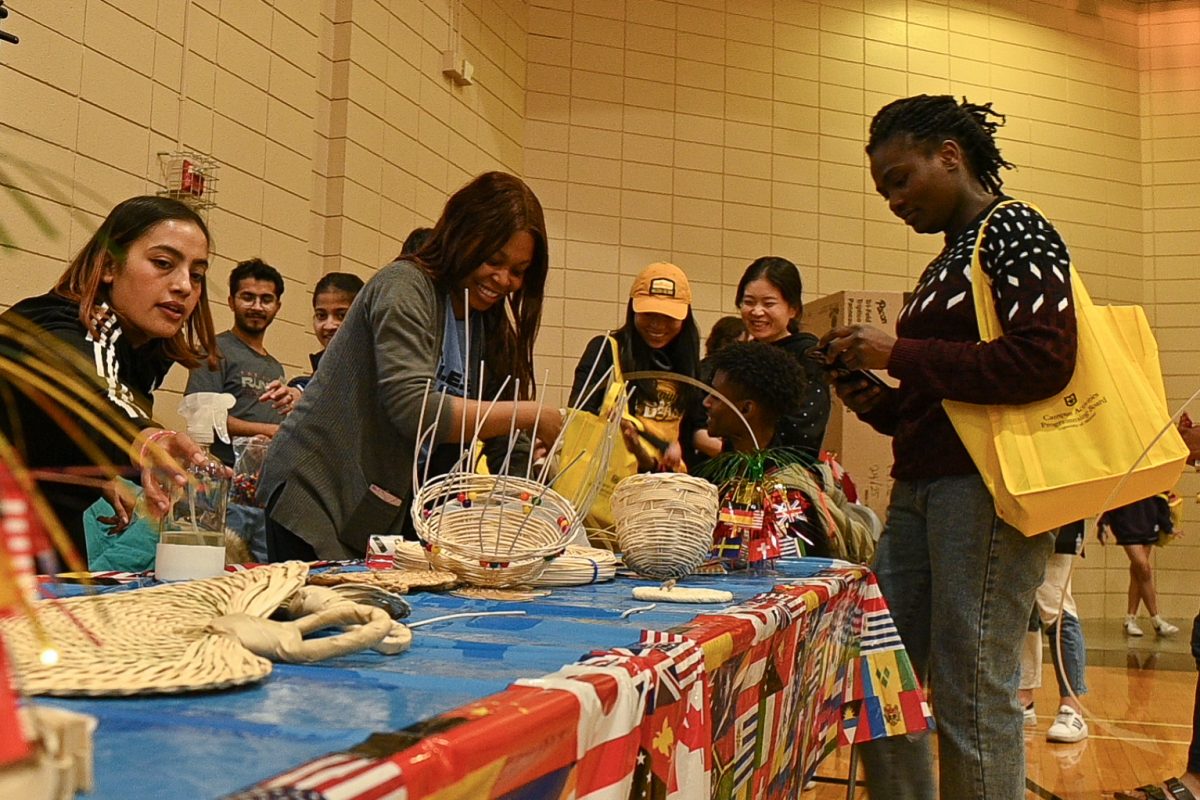You’ve heard it time and time again — “Mizzou does Homecoming best.” The annual celebrations bring Columbia together in a black and gold frenzy of fanfare.
Since MU’s first homecoming in 1911, the tradition has taken many forms. Celebrations have both united Tigers and reflected their ongoing fight for reform.
Here’s a look at the key moments of MU’s Homecoming history.
1911: MU hosted its first Homecoming in 1911. According to the Mizzou Alumni Association, Chester Brewer, the then-football coach, invited alumni to “come home” to cheer on the Tigers against rival University of Kansas. Although the Missouri-Kansas football game ended in a 3–3 tie, it drew a crowd of over 9,000 people, and the tradition has been growing ever since. Many claim this 1911 celebration — complete with a parade, pep rallies and a bonfire — invented the notion of homecoming for schools nationwide. Brewer was inducted into the University of Missouri Athletics Hall of Fame in 1991.
1913: MU hosted the first Homecoming Parade, now a time-honored tradition involving the Columbia community. The alumni who returned home for the 1913 Missouri-Kansas football game — known as “Old Grads” — walked in the parade prior to the rival game.
1918: The 1918 football season was canceled nationally due to World War I and the Influenza epidemic. Campus closed for a period of time during the fall, therefore calling off Homecoming celebrations.
1921: MU started construction on Memorial Union during 1921 Homecoming events. The building was later dedicated during Homecoming in 1926 to the MU lives lost in World War I.
1928: MU held its first “All-School” homecoming dance.
1935: Campus Homecoming decorations were first introduced to MU in 1935. Originally, these decorations were built only on the decks of fraternity and sorority houses, but today decorations extend past Greek life.
1937: Patricia Martineau was crowned as the first Homecoming Queen in MU history.
1942: The Homecoming season was used as a platform to raise money for war bonds and the memorial fund for students killed in World War II.
1943: The Homecoming football game was played, but all other Homecoming events were canceled due to World War II.
1945: The Golden Girls — which were originally called the Tigerettes — were added to Marching Mizzou.
1956: Don Faurot is the most-winning football coach in MU Homecoming history, with a 73.7 win percentage. Faurot coached the Tigers through 19 Homecoming games, winning 14 of them. His head football coaching career spanned from 1935 to 1956, after playing football, basketball and baseball himself during his time as a student at MU, and beginning his coaching career at Northeast Missouri State University. Faurot was inducted into the National Football Foundation Hall of Fame in 1961.
1960: The Missouri Student, forerunner of The Maneater, attempted to buy a live tiger mascot for the university’s Homecoming celebrations in 1960. The quest was dropped when the curator of the New York Zoological Society wrote that live tiger cubs were unsuitable for use as mascots — and they realized the cost of the tiger for the first year alone was estimated at $2,500.
1971: Jill Young was crowned Homecoming Queen, making history as the first Black Homecoming Queen in MU’s history. “It took more than Black votes alone,” Young said. “I believe I was selected to represent the students by the students.”
1977: MU’s first Homecoming King, Don Downing, was crowned in 1977, starting the annual tradition of including both a king and queen in Homecoming royalty.
1983: The first MU Homecoming Blood Drive was held, which has now evolved into the largest student-run blood drive in the nation, according to the university.
1984: Vivian King and Charles Cobbs were the first Black MU Homecoming Queen and King to win in the same year.
1988: In response to a racist theme from the 1988 Homecoming Steering Committee, “Show Me Ol’ Mizzou,” the Legion of Black Collegians founded their own homecoming, themed “Show Me a New Mizzou. Black to the Future.” 1988 represents the first year LBC ran an independent homecoming, instead of only a separate homecoming court.
1990: More than 150 students, led by the Legion of Black Collegians, marched in protest of racial injustices at MU during the Homecoming Parade. MU’s Black community boycotted all other 1990 homecoming events. “As long as they give us no justice, they will have no peace. We will keep on making more noise and more noise,” T-Herbert Jeffrey, LBC president, said at the time. Protesters also demonstrated at the alumni center in an ongoing fight for institutional changes surrounding racial discrimination.
1992: The MU chapter of Habitat for Humanity constructed a house for Kennetha Jackson, a university employee, as part of a Homecoming competition. This project was introduced by the organization as an alternative to the traditional house decorations of homecoming season.
1999: The Council for Advancement and Support of Education named MU’s Homecoming the top in the nation in 1999, and again in 2000.
2001: MU’s chapters of Kappa Kappa Gamma, Phi Gamma Delta and Kappa Sigma decided to forgo building a float for the homecoming parade, and instead donated the money saved to 9/11 relief efforts in New York and Washington, D.C.
2003: For the first time, a unified group of nine Black student organizations participated in the first Black Family Reunion during the 2003 Homecoming weekend. “This year we have planned these activities in order to try and incorporate the Black experience into the university’s Homecoming events,” Khandicia Randolph, then-National Pan-Hellenic Council President, said.
2008: After a 10-year-long hiatus, the Legion of Black Collegians held Homecoming celebrations again, complete with campaigns for royalty court. Male members of the court volunteered at the Boys & Girls Club of Columbia. These members played games, read to and helped children with their homework. Several female members of the court volunteered at the Lenoir Retirement Community, playing video games, painting nails and chatting with the residents. Other members filed and painted a Centralia resident’s nails while talking about family, politics and technology for their community service project.
2010: MU hosted ESPN’s “College GameDay” for the 2010 Homecoming football game, where Missouri beat No. 1 Oklahoma. The game also set an unofficial attendance record of over 18,000 and was the first time fans stormed the field since 2005.
2014: MU’s first annual Homecoming Step Show was held in 2014 in collaboration with the National Pan-Hellenic Council. MU’s historically Black fraternities and sororities, coined the “Divine Nine,” compete annually in the show.
2015: Members of Concerned Student 1950 protested during the 2015 Homecoming Parade and stopped then-UM System President and MU Chancellor Tim Wolfe’s car. CS1950’s demands followed a string of racist events on campus and called for a series of administrative efforts aimed toward a more equitable campus — most notably the removal of Wolfe.
2022: The 2022 MU Homecoming Parade featured a sensory-friendly section for the first time, where each float reduced noise, turned off flashing lights and facilitated a quiet atmosphere when passing through the section.
2023: MU’s Homecoming food and blood drives broke personal records with 4,4744 units of blood donated and 132,597 pounds of canned food collected.
Contributing reporters: Jackson Cooper, Topher Cundith and Luke Duffy
Edited by Scout Hudson and Sophie Rentschler
Copy Edited by Sterling Sewell | [email protected]



